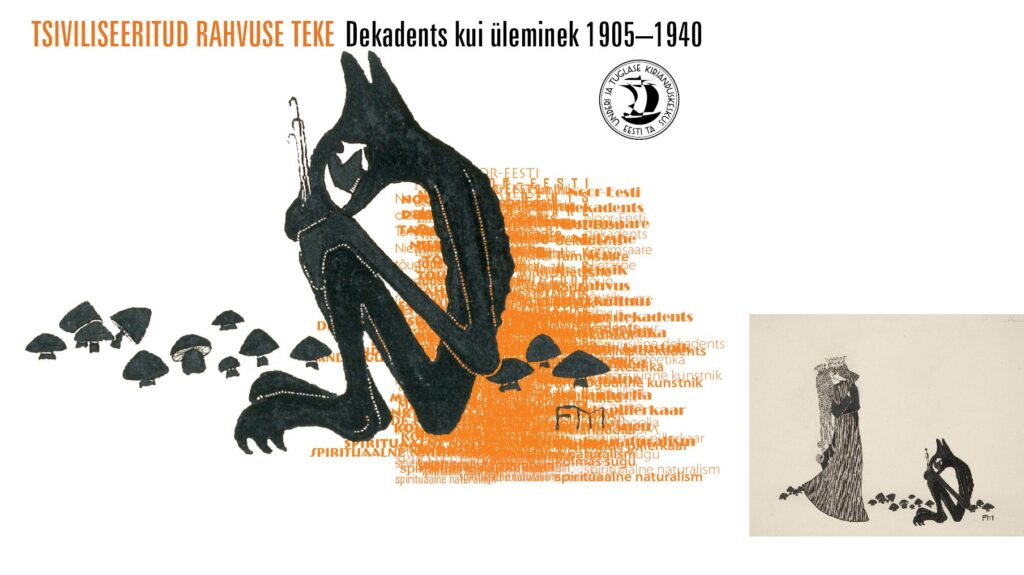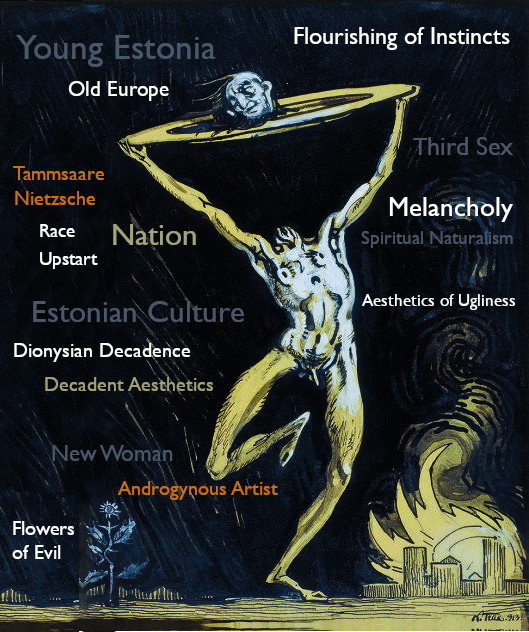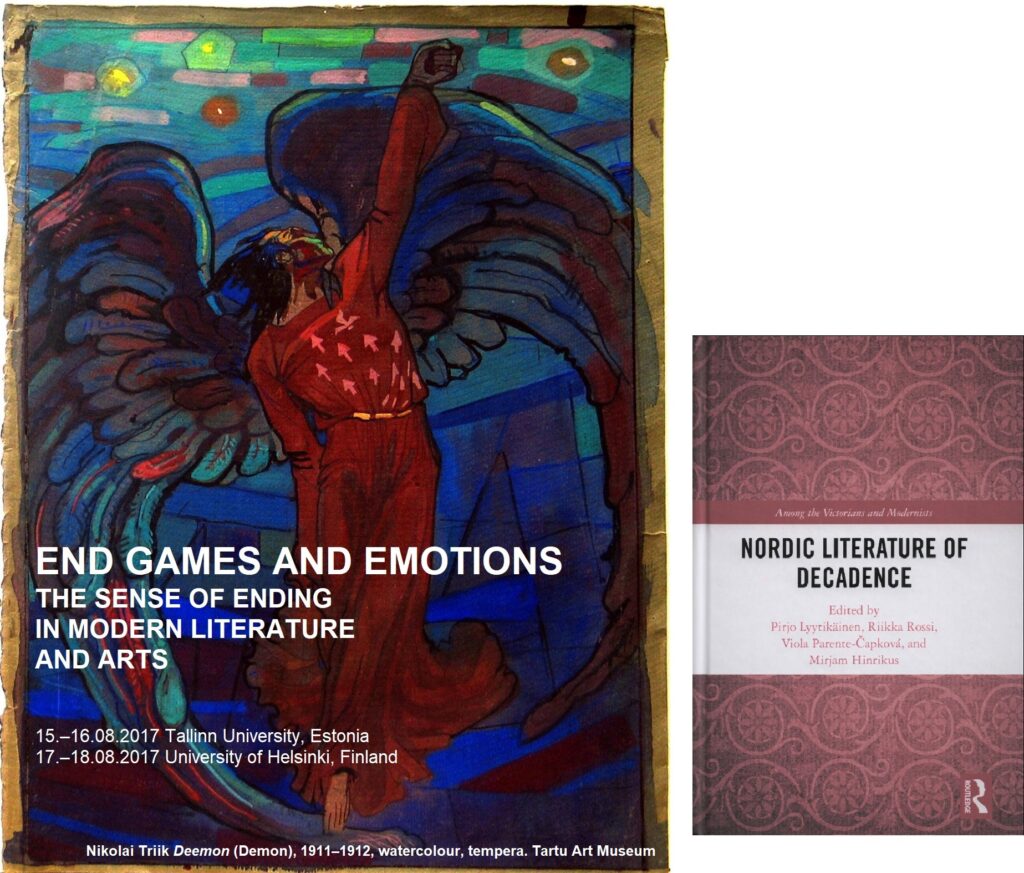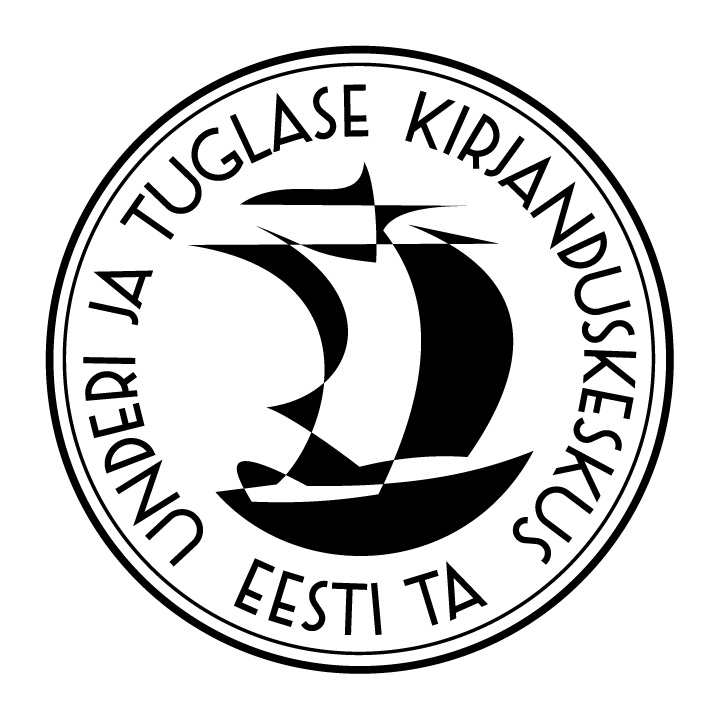The Project

In January 2022, Under and Tuglas Literature Centre of the Estonian Academy of Sciences launched a new research project about decadence. The title of the project “Emergence of a Civilised Nation: Decadence and Transitionality in 1905‒1940” refers to ambivalent and affective rhetoric of cultural change in Estonia: an immature cultural organism in relation to an over-mature cultural heritage, a young nation building itself upon an exhausted old world, a concept of decline modified to signify total rebirth. We will study decadence as the representation of various states of transition in Europe’s peripheral small cultures. We will compare these processes in the Baltic and Nordic countries with paradigmatic examples of decadence from larger European cultures (primarily German, French, and Russian).

Our primary goal is to show how decadence encompasses several discursive practices within naturalism (biological and social determinism, heredity, and degeneration) and relates to representations of nation and race. Decadence has usually been described as cosmopolitan and global, while nationalism has paradoxically been regarded as local (or vernacular). In fact these relations are much more complex. We seek to prove that decadence emerged in Baltic and Nordic cultural forms of nationalism in opposition to national conservatism.
Our primary focus will be the case study of Estonian decadence, which emerged during the First Russian Revolution and was led and curated by the Young Estonia cultural movement (1905–1915). Writers G. Suits, F. Tuglas, J. Aavik; artists K. Mägi, N. Triik, E. Obermann; composer M. Saar; the Finnish writer A. Kallas; Latvian writers V. Eglītis, V. Dambergs took part in articulating relations with European decadence, providing a rich, strongly interrelated array of texts, to study the process of transition from a primarily rural, peasant identity to urban cultural politics. Their rhetoric was amplified during the First World War and carried on by the literary group Siuru (1917–1919) in the second Russian Revolution during which Estonia, Finland, Latvia, and Lithuania gained political independence.
Young Estonia’s 1905 manifesto, „Let us be Estonians but let us become Europeans” was a call to diversify loci of cultural impulses while taking a critical position with respect to Estonian culture of the national awakening period. This entailed consciously ignoring, if not eroding, Baltic German filters of European culture. To be young was to identify with the modern but “immature” national culture, while becoming European meant adopting both decadent poetics and the identity of an “old” i.e. mature European culture. In Estonia, interest in Nordic cultures counteracted the influences of German and Russian literature and art, which were partially considered colonial or chauvinist. In the period between the two Russian revolutions of 1905 and 1917, several Estonian writers and artists lived in Finland for political reasons and considering language kinship; some travelled extensively in Norway, Denmark, France, and Latvia. Connections with Finnish decadent culture remain primary and crucial.

As demonstrated by the exhibition „Children of the Flowers of Evil”, the more striking examples of Estonian decadence derive from World War I and its aftermath. Clearly the devastation of the war amplified various perceptions of transition and decadence in Estonia and other small countries in Europe. Significant influences of decadence in Estonian literature and art are palpable until the end of the 1930s. The first Soviet occupation of the Baltics, which began in 1940, brought this to a sharp end.
We understand decadence as a discourse in the Foucauldian sense, a network of discursive practises in which decline, disintegration and endings carry both negative and positive meanings; major associated names are Baudelaire, Wilde, and Nietzsche. Decadent discourse transcends genres and periods, permeating almost all modernist directions in literature and art (e.g. naturalism, aestheticism, impressionism, symbolism), by extension philosophy and (pseudo)science. Our approach draws upon but is not limited to the specific representations, images, tropes, or symbols of so-called core decadence; we prefer to keep the concept more open.
Main objectives
1. Making use of Nietzschean frameworks, to highlight connections between phenomena of decadence as signifier of various transitional states in peripheral small cultures experiencing urbanisation, war, political independence, and/or the end of colonialism.
2. To nuance the dominant understanding of decadence as a supra-national phenomenon by outlining its role as shaper of a new content for race and nation in H. Taine’s and Nietzsche’s sense.
3. To demonstrate entanglement of naturalism and decadence in the most typical examples of decadent literature and art.
4. To situate the characterisation of Estonian decadence in the context of scholarship on Nordic decadence and naturalism, emphasising reciprocal influences of Estonian and Finnish culture.

Work packages
I Urbanisation as an experience of “racial” changes
According to Estonian writer F. Tuglas, early 20th century Estonian and Finnish literature exhibits signs of a „spiritual deficit of race”, meaning unconscious entanglements of genres and various forms of representation … Find out more
II Shifting identities
Tuglas argued that the beginning of the 20th century was only the first phase of emancipation in Estonia, a time when new social layers and identities were as yet insufficiently … Find out more
III Decadence as a kind of spiritual naturalism
On the level of mode of expression and style, these oxymoronic entanglements of youth and age, immaturity and overripeness combine urges toward total spirituality and … Find out more
Recording of the opening seminar on the 5th of February 2022 in the hall of the Estonian Academy of Sciences (see program).
The first three presentations – by M. Hinrikus, M. Kirikal and L. A. Kass – are in Estonian. The papers given by V. Parente-Čapková and R. Rossi (from 1:09:30 in the recording) are in English. The papers are complemented by various thematic musical performances.
The project is funded by the Estonian Research Council (PRG1667).

